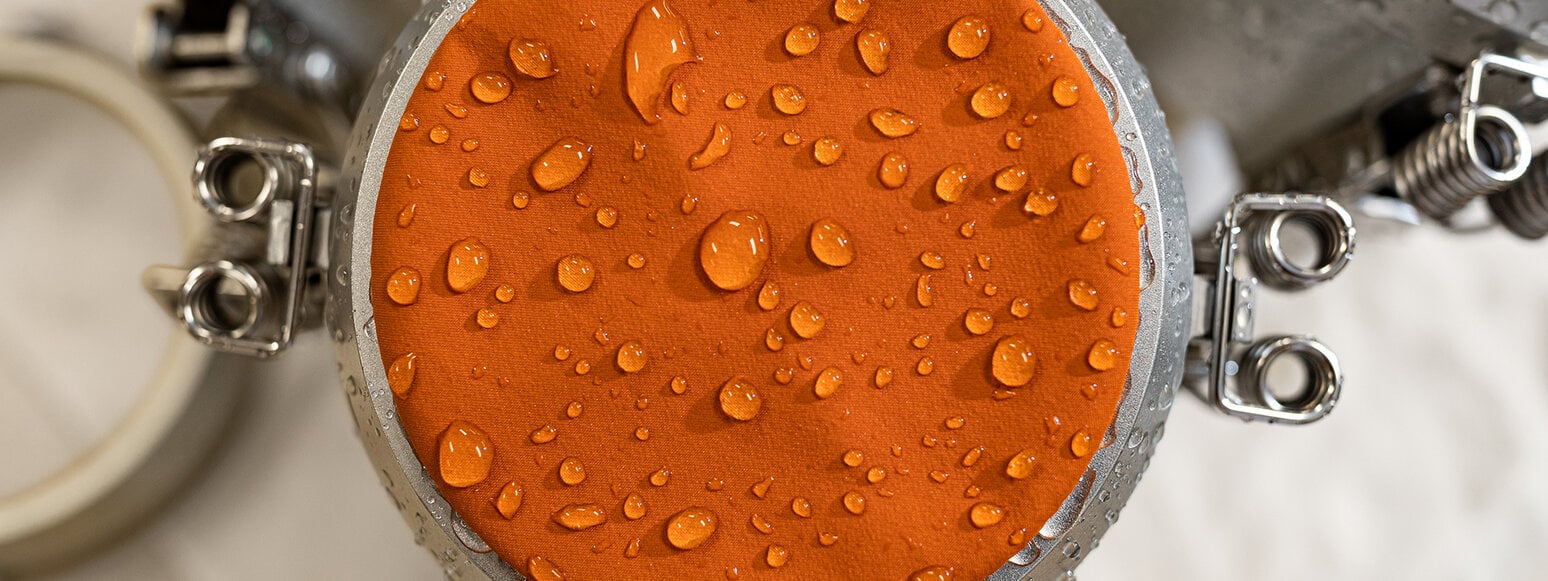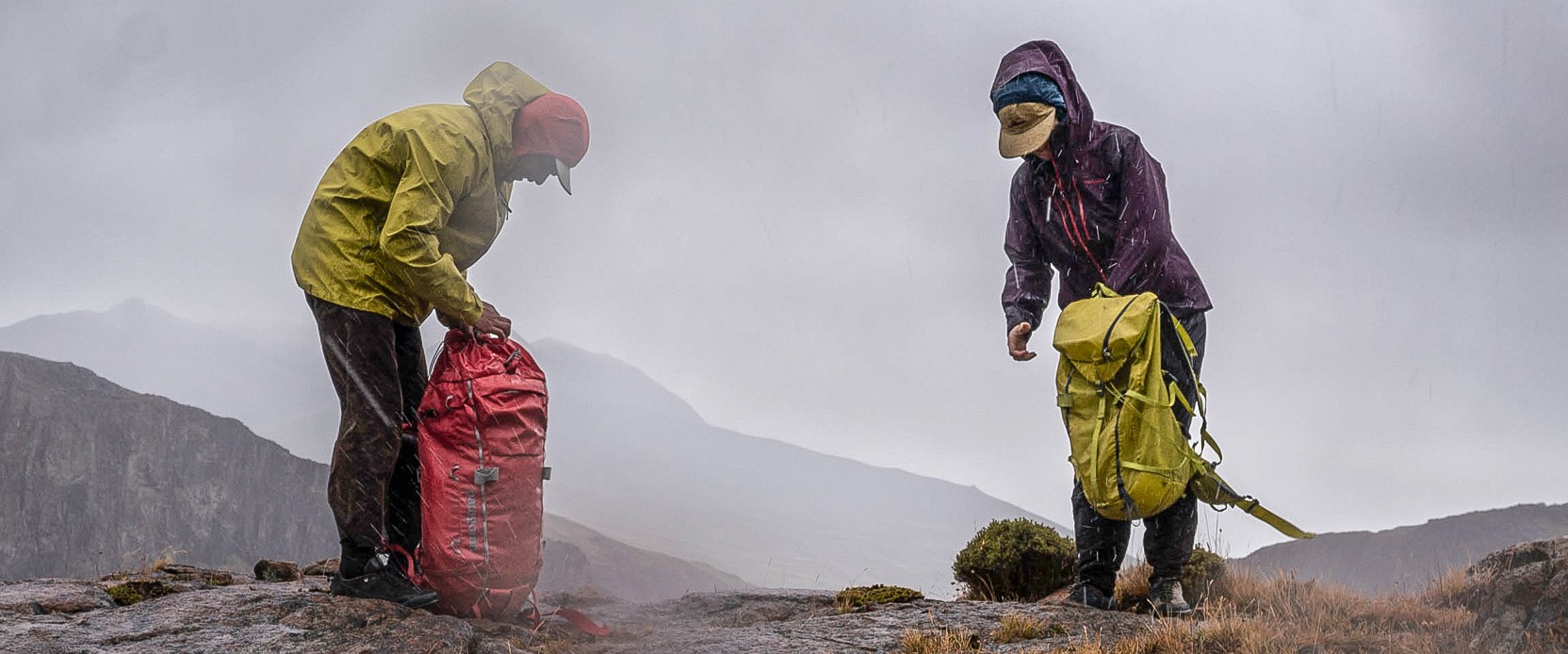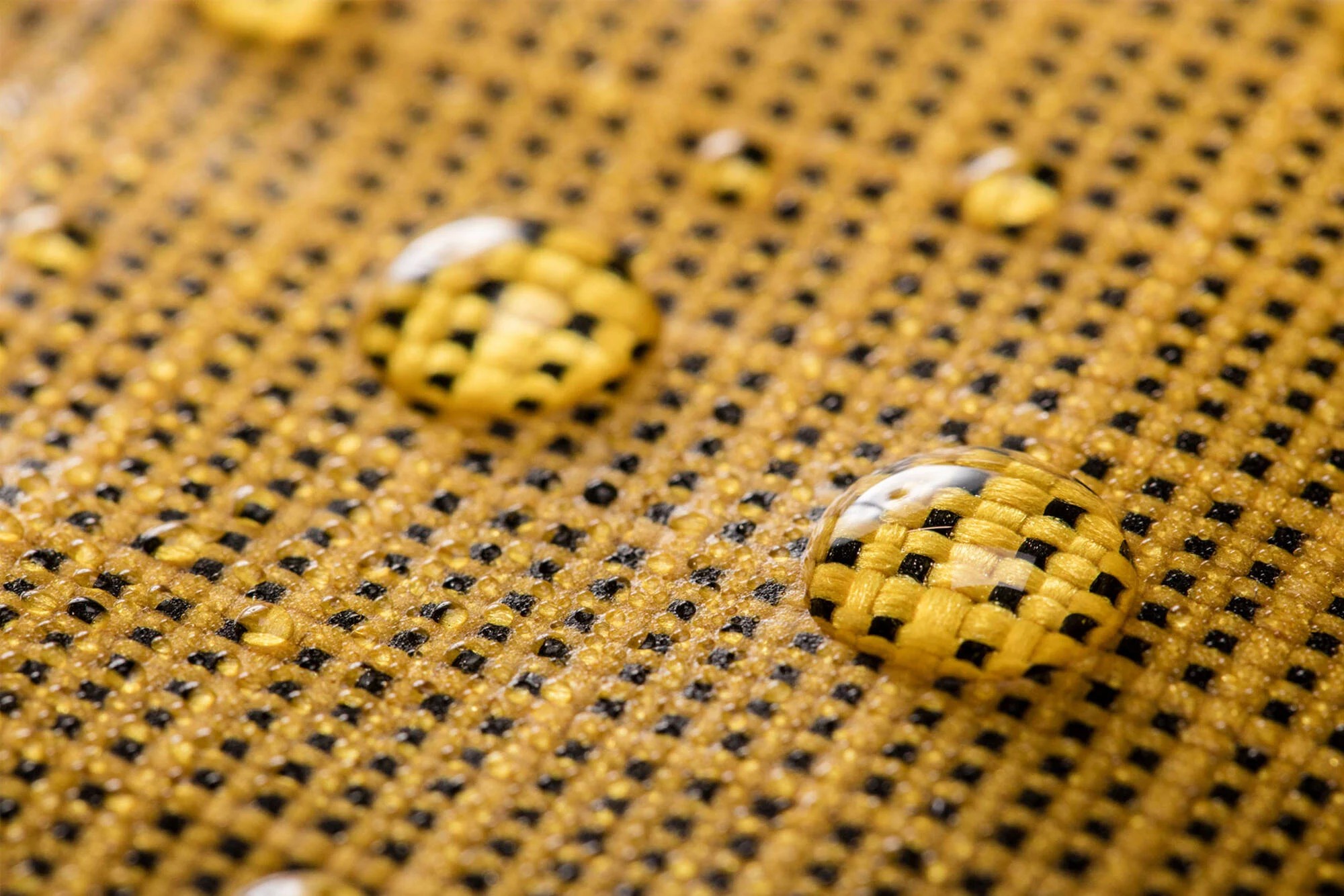
In the mountains, there are moments when rain is not just bad weather but a real challenge. That’s why reliable protection against moisture matters so much. For many years, the outdoor industry relied on so-called Forever Chemicals (PFAS) — substances that made jackets and pants exceptionally resistant to water and oils. The problem is that these same chemicals barely break down and remain in the environment and in our bodies for an indefinite period of time.
Today, the outdoor world is shifting toward a new approach. More and more countries are banning the use of PFAS, and manufacturers are developing alternatives that are both safer and dependable. This change affects all of us — from the people who design technical gear to those who wear it along ridgelines, through valleys and on winter routes.
What Forever Chemicals are and why we are moving away from them
PFAS is the collective name for a large family of substances known for their durability. They repel water and oils, withstand high temperatures and bond strongly to surfaces. Yet this same durability is what turns them into a problem. They accumulate in soil, water, wildlife and in our bodies. Scientific research links them to hormone disruption, weakened immune response, reproductive issues and certain types of cancer.
Starting in 2025, states like California and New York will ban the sale of textiles containing added PFAS, and the rest of the industry is following this direction.
Patagonia’s example

Patagonia began working on alternatives long before regulations took effect. For nearly 15 years, they have tested new fabrics, formulas and technologies in an effort to achieve water repellency without Forever Chemicals. The process has been challenging. New materials have been put through extensive lab tests and real-world mountain trials. At times, unexpected issues have emerged, reminding the team how differently non-fluorinated coatings behave and how much development is needed to reach the right level of performance.
Gradually, the results improved. By 2024, almost all of Patagonia’s water-repellent fabrics were PFAS-free, and from 2025 onward, all new products will be produced following this standard.
What this means for people using the gear
The new PFAS-free technologies perform very well against water. The difference is that they do not repel oils as easily. This means that proper care becomes more important. Jackets need to be washed more regularly, and the water-repellent finish must be refreshed from time to time. A clean outer surface is key to good water repellency, and proper maintenance extends the lifetime of every product.
Patagonia’s video: the journey toward eliminating Forever Chemicals
Here you can watch Patagonia’s video that explains more about the transition to PFAS-free technologies:
What’s next for the industry
Phasing out Forever Chemicals marks the beginning of a broader shift in how outdoor equipment is made. More brands are sharing solutions, developing new materials and searching for more sustainable ways to keep water out while keeping people safe. It is a long process, but the direction is clear.
Ultimately, the goal remains the same: to move freely through wild places without leaving traces behind and without passing the burden on to future generations.
Where to find PFAS-free Patagonia products
For those who want to explore the new generation of Patagonia gear up close, collections and products can be found in Basecamp stores, as well as online on our website.






